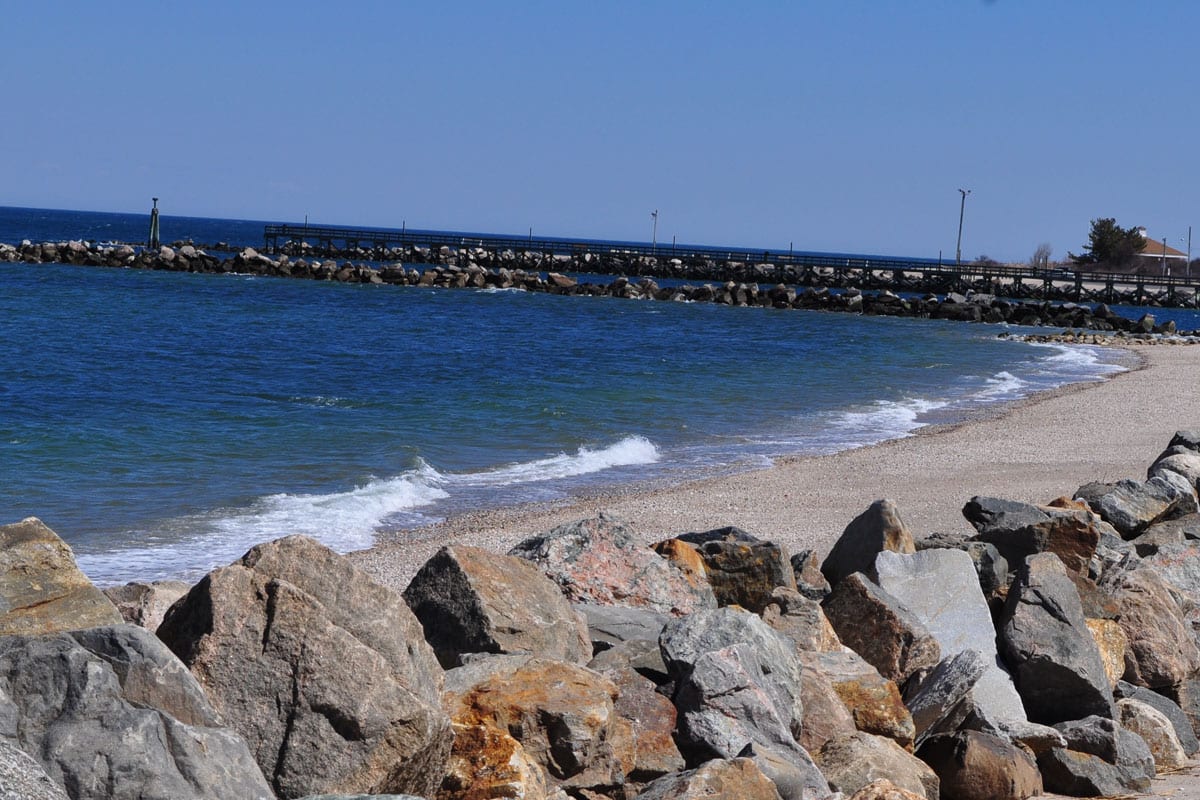By Giselle Barkley
The U.S. Environmental Protection Agency got more than it bargained for at a North Shore library earlier this month when concerned residents showed up to oppose a plan that would allow dumping of dredge spoils into the Long Island Sound for the next 30 years.
EPA officials had finalized the U.S. Army Corps of Engineers’ proposed open water dredging plan in January, and had set the public hearing at the Port Jefferson Free Library to get input on possible rules and regulations for the 30-year plan, which calls for the Army Corps of Engineers to dump upward of 50 cubic yards of dredge material from Connecticut waterways into the Long Island Sound.
The group has practices this type of dumping for years, but has recently faced opposition from environmental advocates.
About 60 community members attended the EPA’s hearing on the Long Island Sound Dredged Material Management Plan.
“We’re not offering … specifics in the rulemaking because we’re not going to approve a plan that pollutes the Long Island Sound,” said Adrienne Esposito, executive director for the Citizens Campaign for the Environment. “We’ve been having public hearings for 10 years and all of the public input has been unanimously ignored.”
The EPA has said it is open to finding alternative ways to dispose of the spoils, and invited communities to partner with that agency and with the Army Corps to line up resources to explore those other methods and do the investigation.
New York State demanded that the Army Corps reevaluate its disposal process in 2005, but Gov. Andrew Cuomo (D) has yet to make a public statement regarding the new dredging proposal.
“The Long Island Sound should be protected from adverse activities, rather than have this activity go forward,” Assemblyman Steve Englebright (D-Setauket) said.
Englebright, the head of the state Assembly’s Committee on Environmental Conservation, said spoils could instead be used to replenish eroded beaches: “We’re going to need to defend our coastlines and we’re going to need a lot of sediment to do that.”
Esposito had similar ideas at a press conference in February. She suggested the spoils could be used for wetlands and beach restoration and for capping landfills.
County officials like Legislator Kara Hahn (D-Setauket) were disappointed in the EPA’s support of the plan. “We’ve invested so much [money] in improving the health of the Sound,” she said. “To have them make a decision that flies in the face of all that investment … is very discouraging.”
In a previous interview, Stephen Perkins, a member of the EPA’s dredging team, said the agency tests the material before dumping it into the Sound. Highly toxic spoils are not dumped.
But Hoffman said spoils jeopardize the water’s health.
“It’s an estuary of significance, it’s an estuary that’s endangered,” Hahn said.







